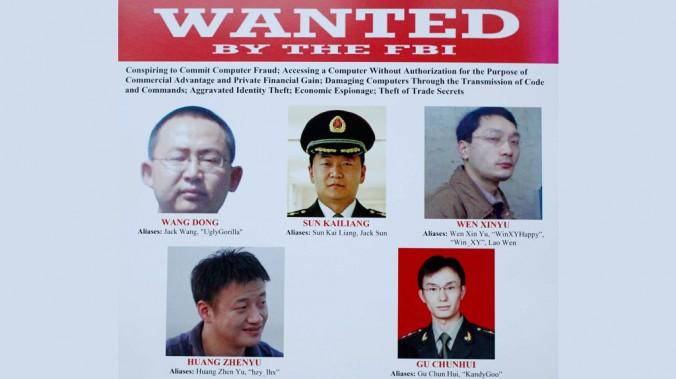In July 2015, the United States and the Islamic Republic of Iran came to an accord over the future of Iran’s nuclear program. The agreement would lift nuclear-related economic sanctions in exchange for Iran’s implementation of initiatives to repurpose some of its nuclear sites, reduce uranium enrichment, and submit to inspection, among other stipulations.
Iran’s economy suffered during the robust joint U.S., European Union, and United Nations economic sanctions; in April 2015, U.S. Treasury Secretary Jacob Lew estimated that Iran’s economy was 15 to 20 percent smaller than it would have been had sanctions not been ratcheted up in 2012 and cost $160 billion in lost oil revenue alone.
Sanction-relief is expected to impart approximately $100 billion to Iran, largely coming from oil sales that have been accumulating over the years. However, there is mounting concern that Iran will reprioritize its nuclear ambitions in favor of supporting terrorist activity and/or advancing its cyberwarfare capabilities, the latter on which this report will focus.
Private sector analysts and at least one U.S. official expressed apprehension over increased aggressive Iranian cyber activity as a result of the agreement.
Yet, given the condition of inflation, currency devaluation, and unemployment in Iran, it’s more likely that the government will use the majority of finances to revive a failing economy, leveraging initiatives that boosted investment in cyber-related technologies as a means to attract foreign interest in the Iranian marketplace.
Economic Sanctions and Iran
Prior to the July 14, 2015 agreement between Iran and the P5+1 countries (China, France, Germany, Russia, the United Kingdom, and the United States) in Austria, the United States (U.S.), European Union (EU), and United Nations (U.N.) had imposed varying degrees of economic sanctions against Iran for its nuclear aspirations.
Supporters and detractors debate the combined effectiveness of these sanctions toward influencing Iran’s behavior. Certainly there is the belief that while sanctions didn’t cripple Iran they certainly helped bring the government to the negotiating table.
According to a former U.S. deputy national security adviser, the financial impact on Iran helped “unplug” the country from elements of the global financial order. Indeed, the financial ramifications of the international sanctions became apparent throughout the course of their increased pressure on Iran’s economy. Some evidentiary findings that support this conclusion include:
- A 2013 Gallup poll reported that approximately 56 percent of Iranians believed that sanctions had impacted their livelihood significantly.
- According to findings from a Congressional Research Service report, in 2013, sanctions caused Iran’s gross domestic product to contract five percent—the first time that had occurred in two decades. According to the testimony of one U.S. official in January 2015, Iran’s economy was approximately 15-20 percent smaller than it would have been without the imposition of sanctions.
- In January 2013, Iran’s oil minister estimated that reduced oil exports cost the country between $4 billion and $8 billion per month, and by May 2013, oil exports fell to 700,000 barrels per day. In December 2014, Iran’s 2015 budget was initially based on a $72/barrel oil price, which had to be revised based on production/export restrictions.
- The loss of oil revenue combined with increased isolation from the international banking system had caused Iran’s currency to lose approximately two-thirds of its value. As of April 2015, the unofficial rate was approximately 37,000 Rial to the dollar, according to a report by the Congressional Research Service.
While the agreed upon deal will ease many of the nuclear-related sanctions, they will not remove those imposed for human rights abuses and terrorism support, according to one news report. In anticipation of trying to recapture its substantial oil losses, Iran is seeking to double its exports of oil and lobby the Organization of Petroleum Exporting Countries to reinstate the cartel’s quota system.
If accepted, the Iranian government can expect to recapture much of its oil money that has been languishing in frozen accounts and thereby calling into question how Tehran will use this substantial windfall.
Concerns Over How Iranian Oil Profits Will Be Used
While Iran’s foreign policy addresses all regions of the world, Tehran focuses its attention primarily on the Middle East, and the Near East region. According to at least one Middle East specialist, Iran appears to weigh the relative imperatives of the government’s “religious ideology” against the demands of Iran as a country.
As a result, Iran is challenged with promoting its interests as a regional leader against religious sectarian differences with its neighbors, the constant threat of U.S. influence on some Arabic states, and the antagonistic presence of Israel. Therefore, it comes as little surprise that Iran’s perception of the threat surrounding it drives its foreign policy considerations.

